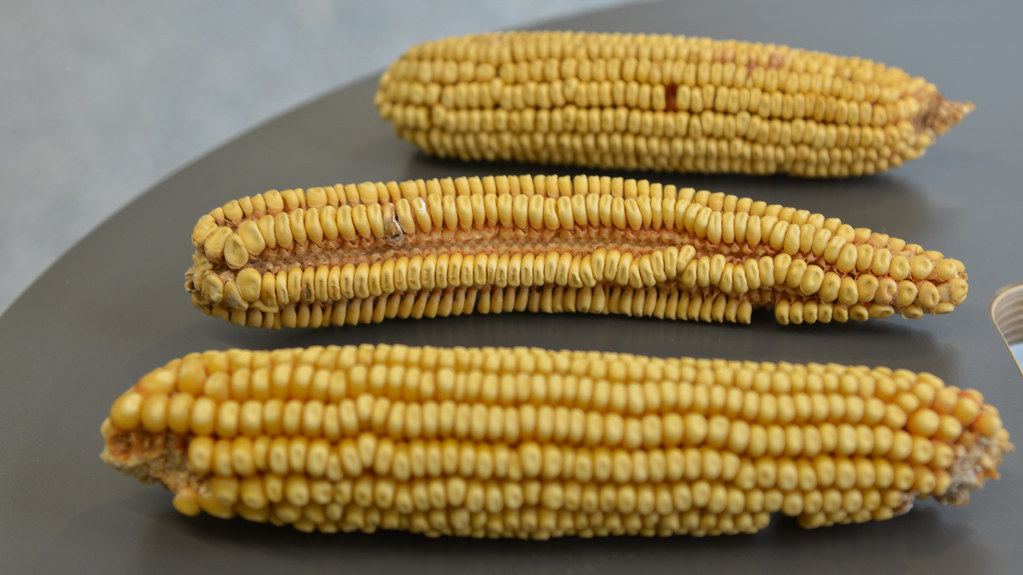Published on

by Kristina Abovyan, Bond LSC
You might look at your yard and not think much of grass, but the family of narrow-leafed plants spans 12,000 species and a world of diversity from the grasslands of the Serengeti to the corn fields of the Midwest.
“They are incredible; they are all over the world and do all kinds of things,” said Paula McSteen, Bond LSC principal investigator and a professor of biological sciences in MU’s School of Arts and Sciences.
In a recent review in the journal Science, McSteen joined Elizabeth Kellogg in explaining diversity in grasses, from crops to new types of domesticated grasses and the pursuit to maximize grain harvests from some of these species.
Understanding the diversity in grasses will help find the underlying genetic capacity of the grass to produce additional grain. This will make the domestication of grasses more possible and increase the number of crops.
McSteen mainly researches reproductive development in corn, which is important for yield, while Kellogg studies grain dispersal. McSteen works to understand how grain number in corn is regulated and how it is different in other grasses that are related to corn.
“Whether you branch or not, and whether you suppress growth or not, or whether your meristem is bigger or smaller, is going to give you different numbers of grain,” McSteen said. “It’s exciting from an evolutionary perspective, from a developmental perspective, and then from agricultural perspectives.”
As a developmental biologist, McSteen looks at how the number of grains is determined by developmental cellular processes. Whether in humans or plants, reproductive developmental science uses similar rules about how to approach the research.
“I can have a conversation with somebody that is working on reproductive development in humans, and we use the same approaches, we think the same way,” McSteen said. “We speak the same language when we talk to each other. It’s just kind of a fun thing about being in the building [LSC].”
McSteen’s lab juggles different projects, all of them revolving around maize and genetics. Most of the research has to do with mutants in corn ears.
Because of the way corn develops, it always makes an even number of kernels around the circumference. Yet, there are mutants that make them in single rows rather than paired rows. McSteen works on trying to identify those mutant genes and use them to double yield in rice or wheat, which make single kernels.
The plant growth hormone auxin plays into much of McSteen’s work. They study how auxin is created and used, transported and is used to signal in and between cells.
While the team’s research on auxin, has uncovered more about how it is transported to the site where organs/seeds are made, there are still some unknowns.
“We don’t know exactly which cellular processes determine how auxin is transported in a directional manner,” McSteen said.
McSteen likes to explain genetics with the Forest Gump analogy — life is like a box of chocolates; you never know what you’re going to get — although the saying made no sense to her at first.
In Ireland, where she’s from, “the box of chocolates comes with a little paper that tells you exactly what you’re going to get.” In genetics, you never know what you are going to get. “And that’s what’s exciting to me,” McSteen said.
Read more about grass diversity and research in the Science article, “Molecular, cellular, and developmental foundations of grass diversity” from August 2022.